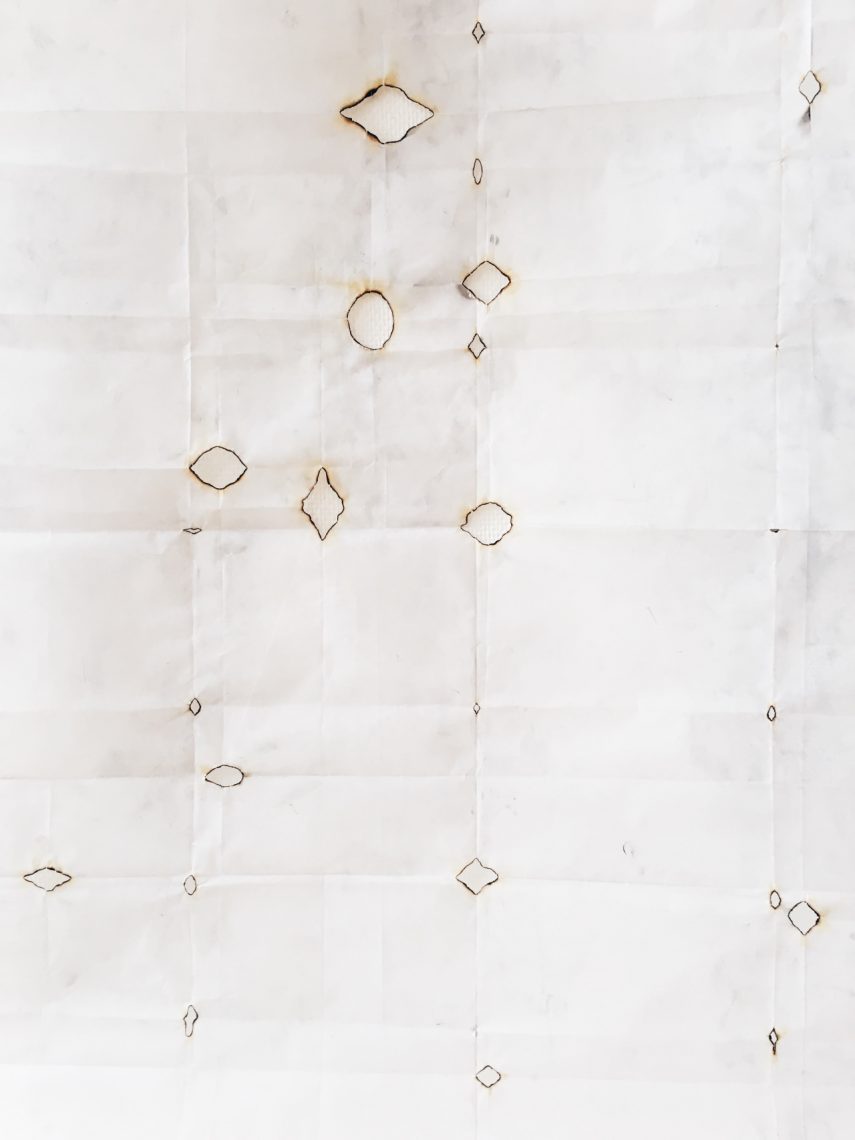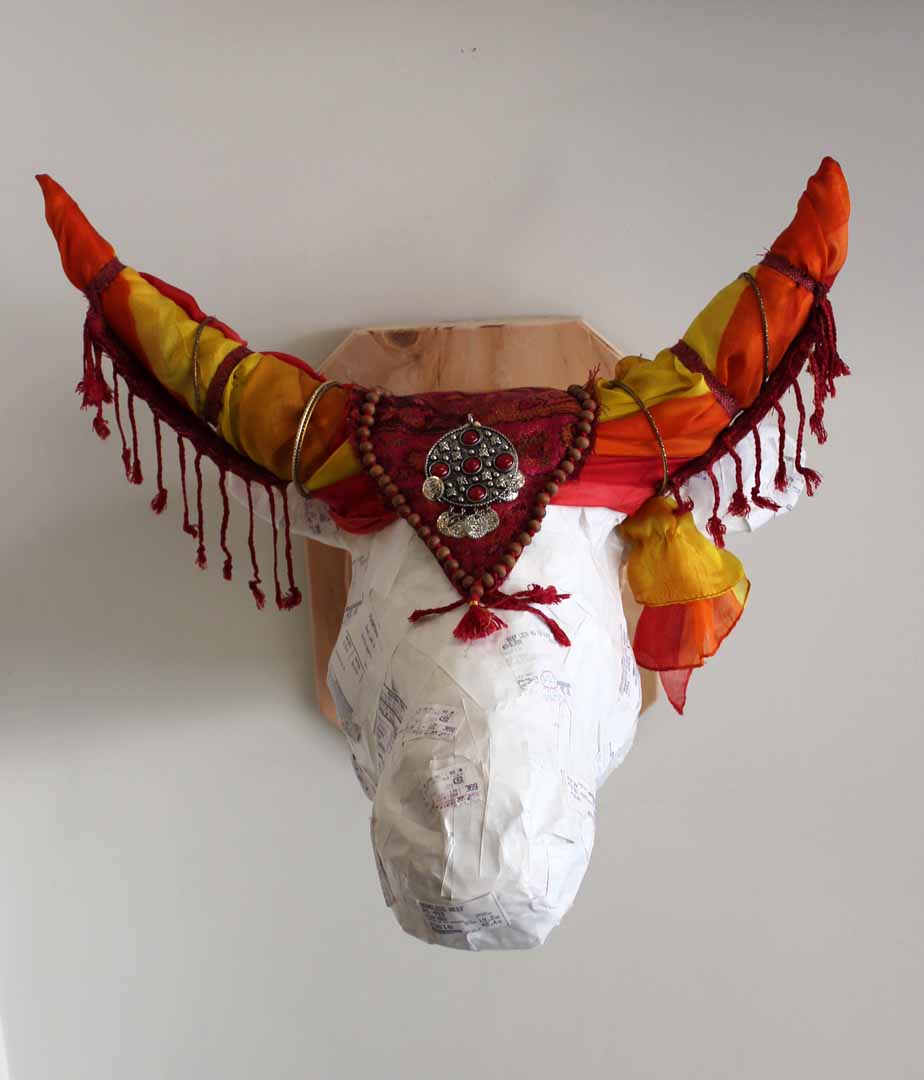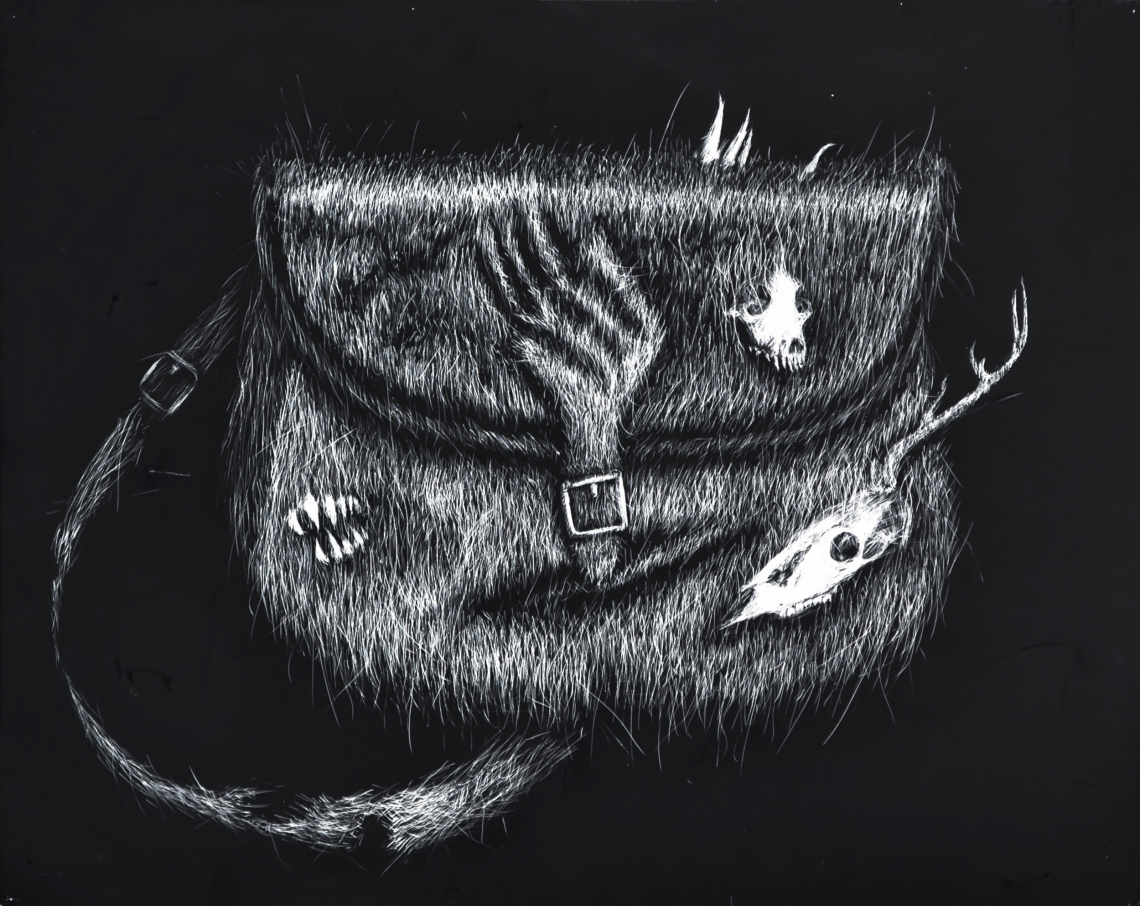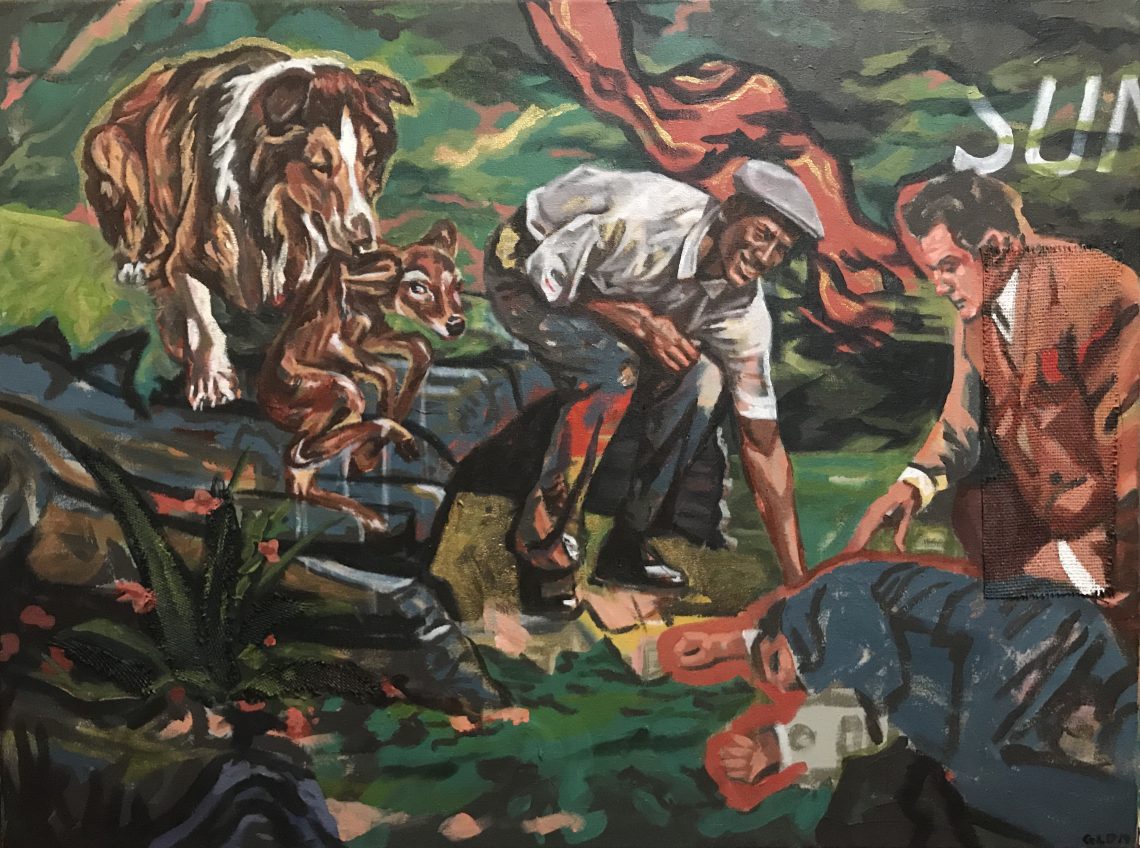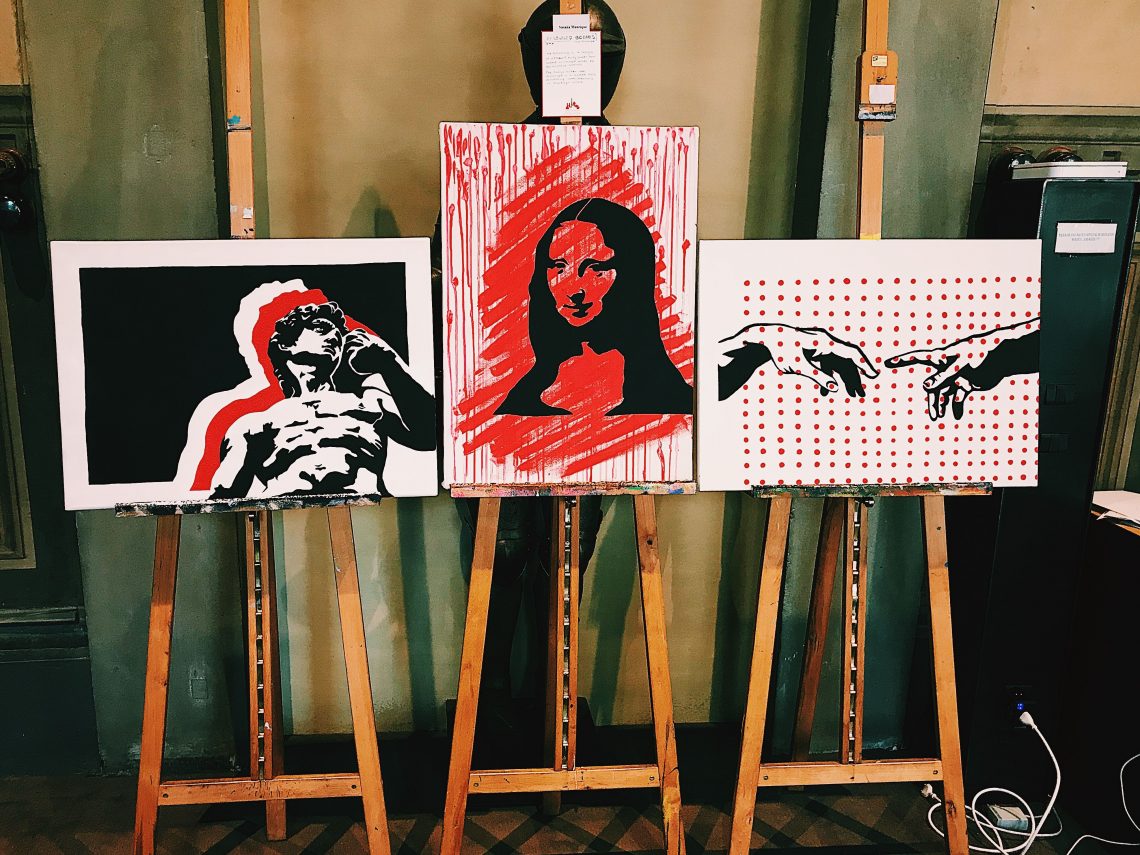Stanford’s new player piano collection brings sounds of history to life
Stanford's new player piano collection opens up a world of musical and cultural highlights from the early 20th century. The Denis Condon Collection of Reproducing Pianos and Rolls brings to life historic performances from major composers like George Gershwin, Igor Stravinsky and Camille Saint-Saëns.
The Golden Age of player pianos has dawned on the Farm.
Stanford University recently acquired the Denis Condon Collection of Reproducing Pianos and Rolls, a private collection of more than 7,500 rolls and 10 player pianos – among the most important of its kind. Experts in the field are working along with faculty and staff at Stanford University Libraries’ Archive of Recorded Sound and the Department of Music to curate the collection.
A player piano is a self-playing piano that uses pre-programmed music recorded on perforated paper rolls. Player pianos became popular in the late 19th and early 20th century along with the rise of mass-produced pianos – they were among the most successful technologies in history for reproducing music.
Jerry McBride, the head music librarian at Stanford, wrote in a blog that many of the rolls in the Condon Collection include major composers playing their own music – Saint Saëns, Busoni, Bartók, Mahler, Prokofiev, Rachmaninoff, Debussy, Ravel, Scriabin, Stravinsky, Gershwin and Joplin.
In the wake of the Condon Collection acquisition, Stanford also received two other collections – one from Larry Sitsky, an Australian composer and scholar who had compiled a comprehensive collection of original piano roll materials of more than 300 volumes, and the Richard David Pawlyn Collection of Organ Players and Rolls, which consists of an Aeolienne and a Duo-Art organ player and more than 1,200 organ rolls.
Preserving and restoring
McBride said that these acquisitions mark the beginning of an initiative at Stanford, the Player Piano Project. This undertaking will include roll preservation through scanning and digitization, restoration of instruments for playback, cataloging and research into all aspects of player pianos, rolls and performance.
The production for these types of pianos peaked between 1904 and the 1930s, he noted.
“This was the place in history where the reproducing piano began to be able to record the performances of these pianists amazingly accurately,” McBride said.
Prior to this time, the player piano was not able to capture dynamics, or differences in the accents of the notes, he added. The reproducing player piano captured most aspects of piano playing.
“What makes this so valuable to researchers now is to be able to hear how pianists of that time played, many of whom were students of the great pianists of the 19th century. Not only does it tell us about piano performance, but about music performance traditions of that time in general,” McBride said.
Lost recordings now found
Kumaran Arul, a lecturer in the Music Department who specializes in performance history, said that with these additional collections, Stanford is poised to become among the most important places worldwide for player piano roll research. He described the Condon Collection as “a remarkable assortment of important classical and popular rolls.”
Arul explained that he and his colleagues will start first on preserving and restoring the rolls and instruments. The plan is to make these resources available to the wider public via digital scanning and the creation of an online database.
“In the process,” Arul noted, “we will bring together a wide array of specialists, from pneumatic technicians to paper preservationists to performance historians.”
According to Arul, Stanford’s interest in the Condon Collection emerged from a series of symposia sponsored by the Music Department. Scholarship presented at the conferences suggested that piano rolls were an untapped territory for research discovery.
One reason is that rolls are paper products, and they deteriorate, Arul said. There simply are not many collections in good condition. It is necessary to apply modern technology to preserve the rolls for posterity through digital forms.
With player piano recordings sounding “pretty unconvincing, to say the least,” it is a revelation to hear a properly functioning player piano and roll like those in Stanford’s new collections, he added. When restoration efforts were applied to the players, they “sprang back to life as they were meant to be heard.”
Arul said that some of the rarest recordings from the oldest artists can be heard on the Stanford rolls – such as Carl Reinecke, who was born in 1824.
“Here is a musician of great significance who came to maturity in the early 19th century,” he said. “When we grapple with his remarkable foreign-sounding performances, we are struck by the possibility that we are hearing aural traditions that have been lost in our day.”
As a result, Arul said, music scholars may need to revise their understanding of how music was interpreted and comprehended in the past.
A gold mine
George Barth, head of keyboard programs in the Music Department, said that the collection represents a glimpse – or rather, a pair of ears – into the past.
“This is a gold mine for us,” he said.
“We can hear such different ways of playing than what we’re accustomed to nowadays – ways that can really send people for a loop at first. And we get to hear real-life sound – we’re with the artist, as it were.”
Barth added, “I want my students to taste this immediacy, to experience up close the way this music is being shaped.”
For example, ways of handling rhythm and timing, and even notions of fidelity in piano playing – of what constitutes a piece or a recording – were somewhat different back then, Barth said. Rolls were the first recording medium to allow for editing, and many artists began to take advantage of this capability as player mechanisms hit their stride.
“You have idealized performances coming along as these machines developed and, overall, an amazing variety of approaches to music making. It is stunning the subtly individualistic expression you can hear on these rolls,” he said.
Upcoming concert
The collector, Denis Condon of Australia, began work at age 15 on what would become his legacy – a vast archive of rare rolls, recordings and reproducing pianos from the early 1900s. In August 2014, he died at 78.
Gabrielle Karampelas, director of communications and development for Stanford University Libraries, said that the pianos were carefully lifted by crane from the donor’s home in Australia and then brought thousands of miles across the Pacific to Stanford along with the rest of the archives.
“It is a wonderful partnership between the Music Department and the Libraries. This will impact instruction greatly and has already placed Stanford Music on the map within this niche community,” she said.
On April 18, 2015, the community will be able to experience the music behind this collection at a special concert with the Stanford Symphony Orchestra in Bing Concert Hall, according to Arul.
The concert will include a piano concerto played by the reproducing instrument while accompanied by the orchestra, he noted. This is a rare way to present player piano music that dates back to the Golden Age of this type of music.
“At its peak, this was the best way to reproduce performances, and many people were convinced it would survive,” Arul said.








